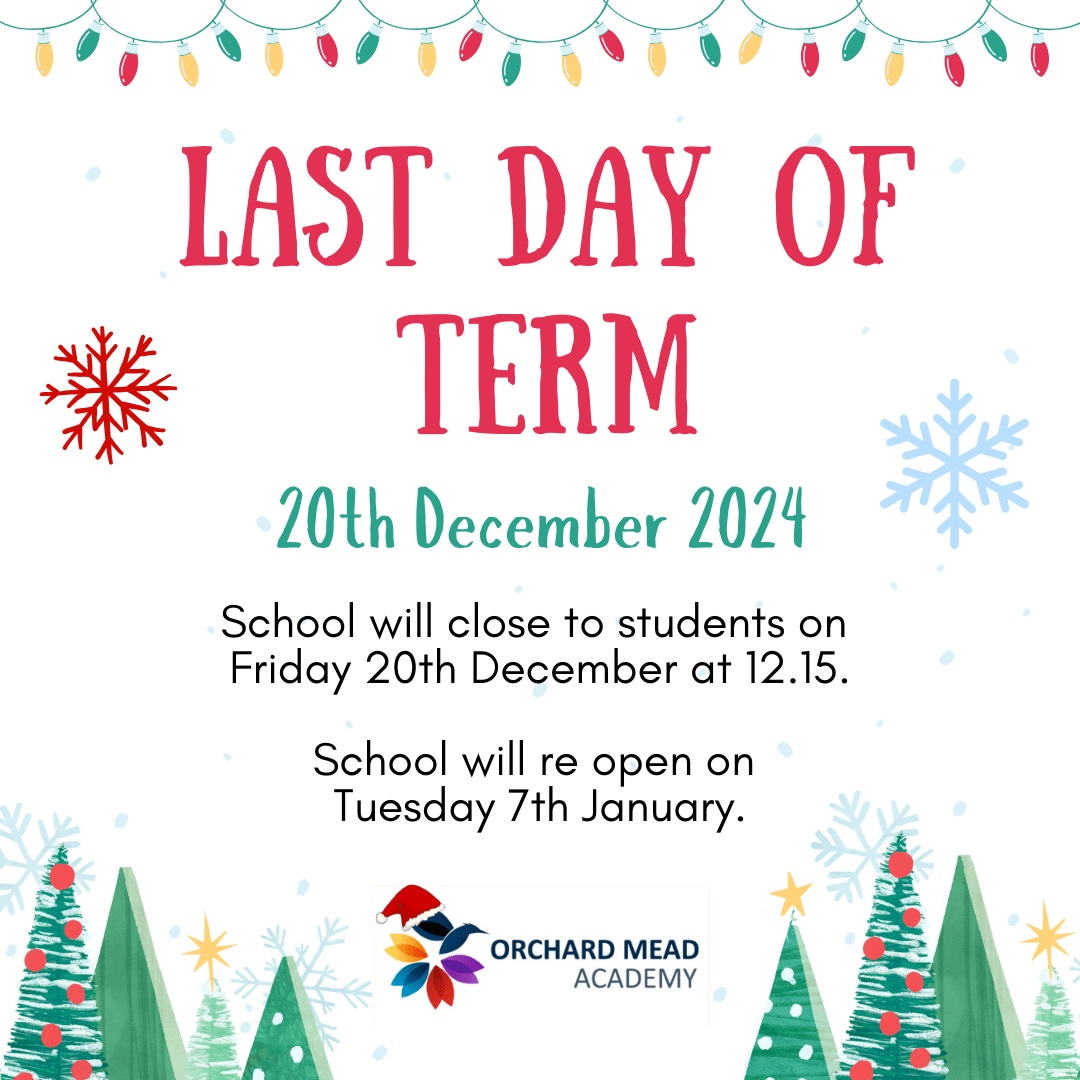Maths is a core curriculum subject, studied by all pupils at Orchard Mead Academy.
All students at Orchard Mead Academy study Maths for GCSE during Years 10 and 11.
We follow a spiral curriculum, meaning topics and concepts are regularly revisited and built on over time.
Our mathematical content is divided into 12 units:
Unit A: Calculations
Unit B: Number System
Unit C: Indices Plus
Unit D: Equations
Unit E: Proportion
Unit F: Mensuration
Unit G: Graphs and Sequences
Unit H: Transformations
Unit I: Angles
Unit J: Probability
Unit K: Handling Data
Unit L: Constructions
Students will cover each unit at increasing levels of depth and challenge over their 5 years at OMA.
The order units are covered each year may very depending on student need and prior attainment.
Teachers regularly assess students’ prior knowledge and existing understanding to decide on appropriate start points for new learning.
At KS4 our curriculum covers the full content required for each of the 3 main exam boards (AQA, Edexcel, OCR)
A small number of students may follow an alternative curriculum such as Direct Instruction in Y7 and 8, or the Entry Level Certificate in Y9/10. These pathways support students towards accessing the full GCSE curriculum in Y10/11.
Formative assessment
Following the completion of each unit of work students are tested on the knowledge and skills that have been taught. They will be provided with specific personal feedback on their strengths and areas for development, and directed to materials to help them to improve.
Key areas for development will be revisited and retested both in-class and through homework.
Summative Assessment
3 times each year students will sit a summative assessment. The content of this will be taken from a range of areas of the curriculum which have been covered up to that point. These assessments are used to inform progress judgements.
For information about enrichment clubs and revision clubs please visit our clubs page here.
Useful websites and resources
Sparx Maths http://www.sparxmaths.uk
nRich https://nrich.maths.org/
The National Cipher Challenge https://www.cipherchallenge.org
The UK Maths Trust https://www.ukmt.org.uk/
Other useful websites:
Fantastic free website containing a huge range of revision resources.
5-a-day: Short bursts of general revision if you want to check for gaps in your understanding. 5 levels of challenge and answers are provided
Videos and Worksheets: Hundreds of individual topics explained along with practice questions and answers for most.
GCSE Practice Papers 9-1: A set of exam papers written for the website with model solutions.
Prior to exams students will be provided with pasts papers and exam-style questions to complete both in lessons and at home. Make sure you have these checked and address any areas you are not confident with, either by speaking with your teacher or using the resources listed above.
Subject Leader/s
Miss K. Watts

